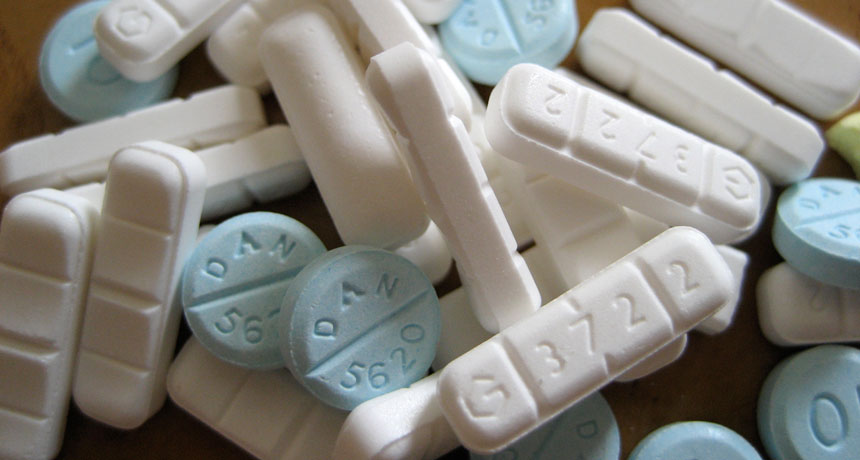
I recently refilled a prescription for a beta-blocker I’ve been taking daily for twenty-some odd years. The electrical system of my heart becomes unstable every once in a while, and Atenolol settles it down to a nice normal rhythm.
Atenolol was first produced by pharmaceutical maker AstraZeneca under the brand name Tenormin, but its patent expired a number of years ago and Atenolol began to appear in a number of generic versions. Once the generics appeared, my health insurance would not cover the expense of the more costly Tenormin brand, and I found myself co-paying for one the generics.
Given that keeping my heart in proper rhythm is something favorable, keeping up with my prescription has always been something important. I had some hesitation about moving from the brand name to a generic; purportedly the same, generics vary in composition, fillers, and binders and although supposedly identical, their effects can vary. When it comes to the heart, small variances can mean big events. But the transition went fine, and I left the brand name behind.
A while later when I refilled a prescription I noticed it was made by yet another generic manufacturer. Upon inquiry I was told that the insurance company would not pay the pharmacy enough for the previous generic so they had found something cheaper. It is not reassuring to be told you are being given a prescription drug because it’s cheaper. I switched pharmacies so that I could continue to get the same formulation.
Then recently that newer pharmacy switched generics to Atenolol made by yet another company. I decided to do some additional research. The one I had been taking, it turns out, was manufactured in India, like many of the generics now consumed in America. The disturbing news, however, was not its country of origin, but the history of its manufacturer. Turns out the FDA has determined that some of the facilities used for generic manufacture by Ranbaxy Pharmaceuticals are unacceptable, and the generics produced at those locations have been blocked for sale in the U.S.
This led to additional research about generics, and the number of counterfeit pharmaceuticals on the market. Turns out “pill machines” are relatively easy to get, and printing phony packaging and labels is easier and more profitable than making phony $20 bills. In our era of profit-based medical care it is not reassuring to know that the likelihood of dosing myself with compressed milk powder bound with moistened rice flour, or far worse, is increasing. The push by pharmacies and insurance companies to lower costs has fueled a mini-boom in counterfeit drugs.
There is little the consumer can do to verify what’s being ingested is legit. One option is to send a sample pill to a testing lab to find out what it’s made of, but that’s an expensive option and not viable, obviously. Another is to research the history of each manufacturer and request generics that only come from reputable companies, but if the pharmacy won’t profit, they won’t sell it. We are at the mercy of our health care system and the regulatory apparatus which oversees it.
Life has always lacked certainty and if it’s not phony drugs that get us, it might be the truck barreling its way through the intersection. Sadly, every time a prescription is filled, it’s a gamble.